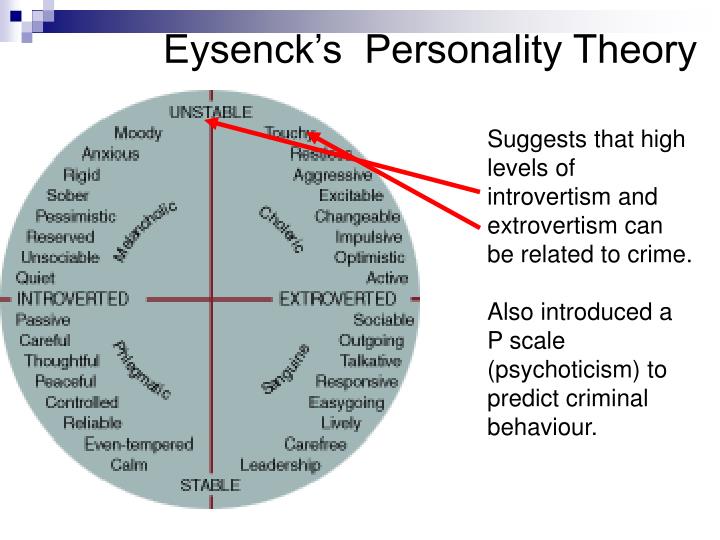


Personal identity numbers provided to residents of Sweden enabled linkage of registries to the database.

Three national registries and an in-house homicide database compiled using court verdicts and police files were used to catalog information on offenders and victims in all solved cases. Homicide was defined as murder, infanticide, voluntary manslaughter or involuntary manslaughter by means of assault. Consistent with recent findings suggesting that most homicide offenders do not fulfill diagnostic criteria for psychopathy, categories were not compared with regard to percentages of offenders with a total PCL-R score exceeding a stipulated cutoff. The aim of the study was to determine the degree to which personality traits and behavioral styles associated with psychopathy affected the manner in which homicides had been committed and the motives underlying them. In the present study, in a sample of 72 male offenders convicted of having committed homicide during the years 2007, 2008 or 2009, we investigated the influence of scores on PCL-R factors 1 and 2 on crime-scene behavior. For example, in a study of 82 Dutch male inmates convicted of a violent or sexual offense, instrumental violence was associated only with interpersonal traits belonging to PCL-R factor 1. Indeed, several studies in the meta-analysis based on offender samples reported associations between psychopathic features and instrumental violence. However, only 40% of the samples inventoried had been recruited from the general offender population in addition, the included studies made use of a range of scoring instruments and outcome measures, resulting in marked between-study variability. In a recent meta-analysis examining the relationship between psychopathy and instrumental and reactive violence in 8753 subjects from 55 unique samples, aspects of social deviance captured by PCL-R factor 2 were found to be more important for reactive violence than instrumental violence. Instrumental (or predatory) acts of violence are premeditated attempts to exercise control over others or gain possession of something coveted whereas expressive (or reactive) acts of violence are spontaneous reactions to perceived provocations. Īcts of violence such as homicide are traditionally categorized according to the manner of their commission, as being either instrumental or expressive. Although, in the meta-analysis, associations between homicide types and scores on PCL-R’s component factors were left unexplored, a recent study of subtypes of homicide offenders did not provide support for a distinction between primary and secondary forms of psychopathy – constructs associated, respectively, with factor 1 and factor 2.

Further, in the entire sample, homicide offenders had significantly higher scores on PCL-R factor 2, which comprises items related to an irresponsible lifestyle and antisocial behavior, than on PCL-R factor 1, which comprises items related to personality-based features of interpersonal and affective function.
#PERSONALITY TYPES CRIMINALS SERIAL#
Aside from a large overall effect size (Pearson’s r = 0.68), after stratification for type of homicide, effect sizes were even greater for sexual homicide ( r = 0.71), sadistic homicide ( r = 0.80) and serial homicide ( r = 0.74). In a recent meta-analysis examining the relationship between psychopathy and homicide in 2603 homicide offenders from 29 unique samples, psychopathic features, as measured by the Psychopathy Checklist – Revised (PCL-R), were found to be much more common in homicide offenders than in a community sample of non-offenders. Results and conclusions: Offenders who had committed homicide in an instrumental manner or with a sexual motive had higher scores on PCL-R factor 1 than offenders displaying an expressive manner or other motives, suggesting that partially adaptive personality traits influence the crime-scene behavior of the former type of offenders more than maladaptive behavioral styles. In 72 male offenders who had undergone assessment using the Psychopathy Checklist – Revised (PCL-R), the manner of homicide was categorized as instrumental or expressive, and the motive as belonging to one of five categories: (1) intimate-partner or family-related homicide (2) homicide occurring during altercations, (3) robberies or burglaries, or (4) criminal conflicts or (5) sexual homicide. Materials and methods: Using three nationwide registries and an in-house homicide database based on court verdicts, we identified all cases of homicide in Sweden during the years 2007, 20. Purpose: We investigated whether psychopathy-associated personality traits and behavioral styles affect the manner in which homicides are committed or the motives underlying them.


 0 kommentar(er)
0 kommentar(er)
